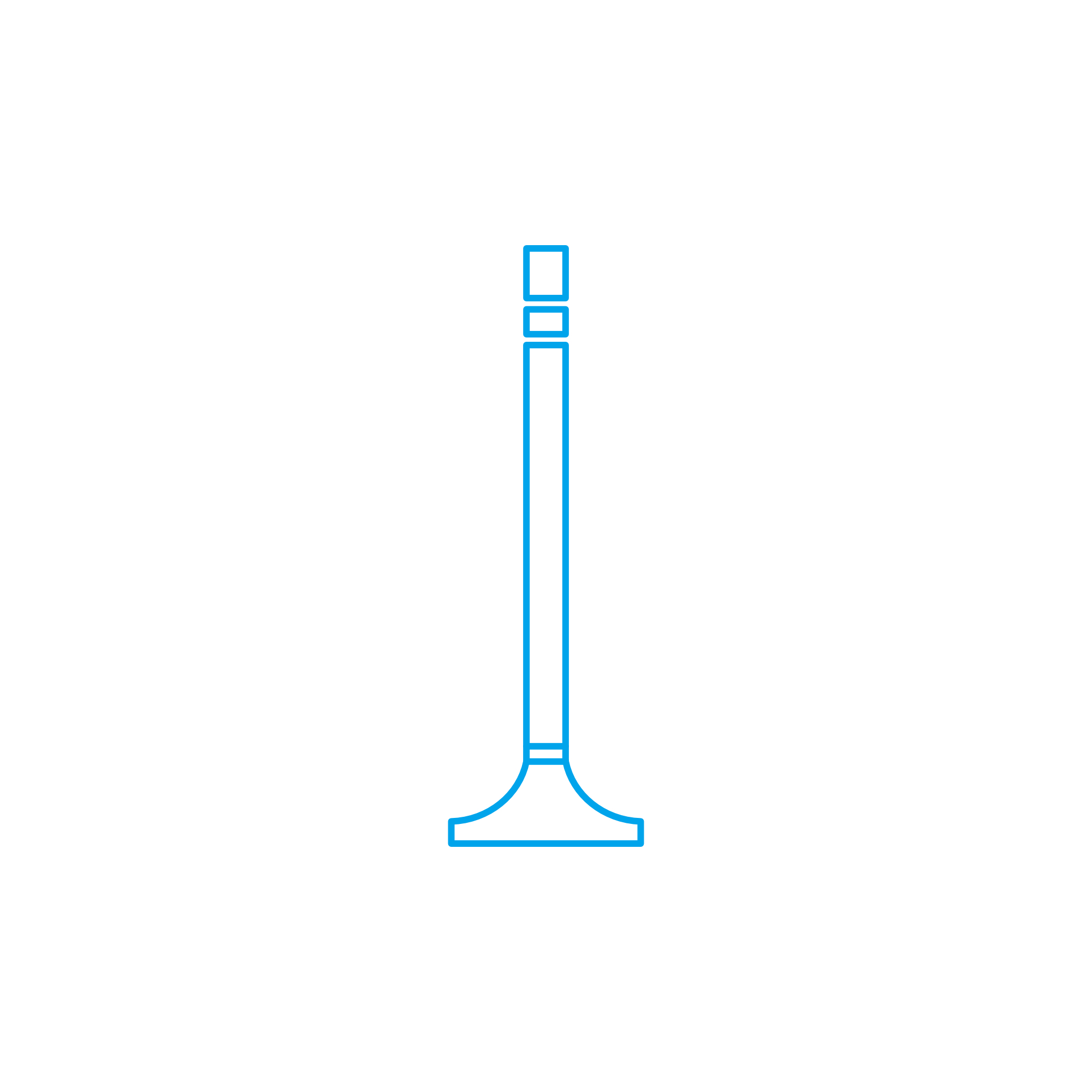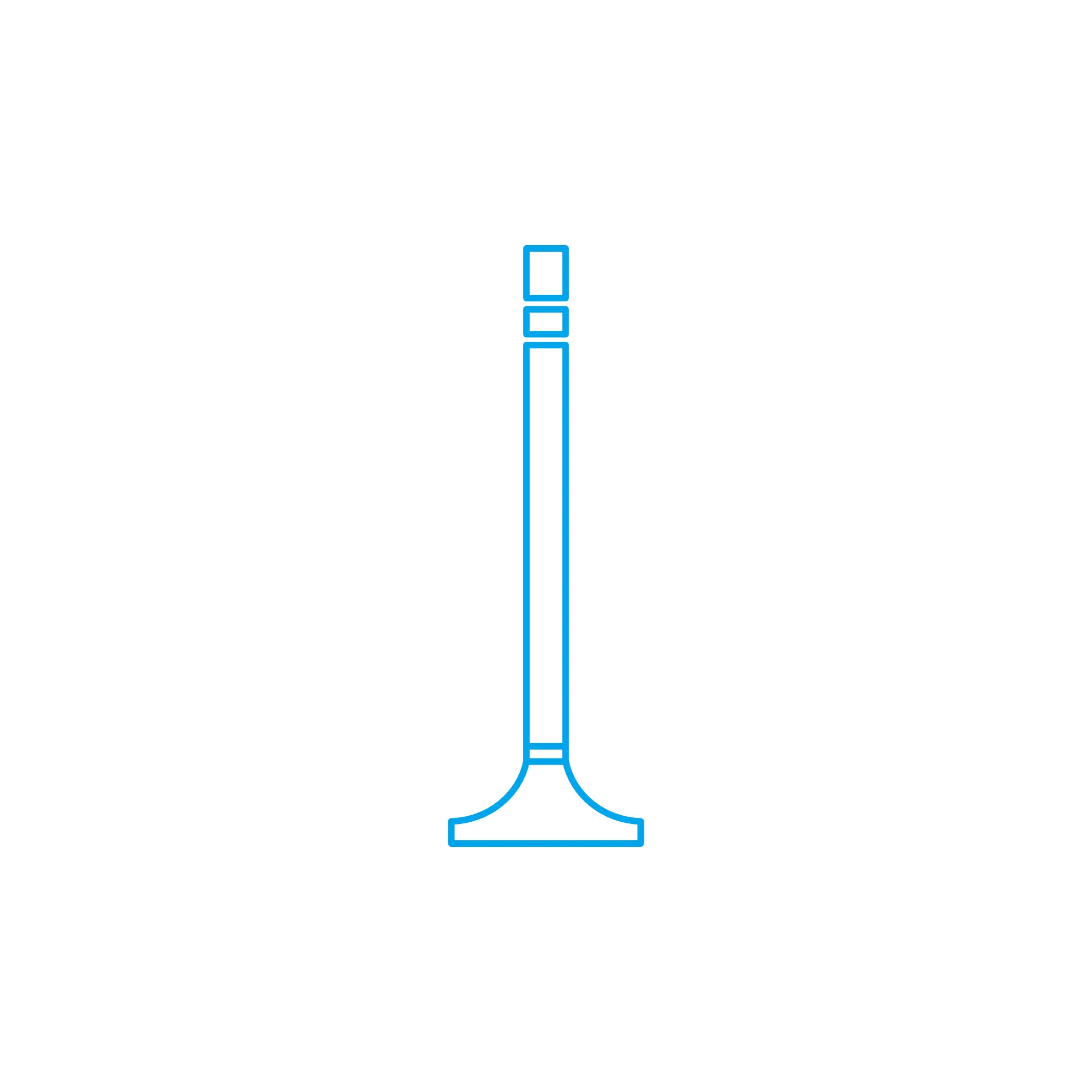GAS SHUT-OFF VALVE and Valves for High-Duty Engines
Valves are precision components that control, isolate, meter, and protect the critical media that make engines run—air, fuel gas, lube oil, cooling water, and exhaust. Within this broad category, the GAS SHUT-OFF VALVE is the decisive safety element on gas and dual-fuel engine trains. Together, these valves stabilize operating conditions, protect the power unit and surrounding equipment, and ensure reliable, efficient propulsion and power generation across marine engine, land-based generator, and industrial drive applications.
In heavy-duty diesel and gas engines, the right valve selection translates directly into performance and uptime. Flow coefficients, response times, sealing classes, and actuator configurations are not just technical details; they determine how fast an engine starts, how steadily it runs under varying loads, and how safely it shuts down. Robust design, quality sealing materials, and compliant actuation make the difference between predictable operation and costly unplanned stops.
Technical function of valves and the GAS SHUT-OFF VALVE in engine systems
Engine valves fulfill two essential tasks: they regulate process flows for performance and isolate sections of the system for safety and serviceability. Flow-control valves stabilize charge air and cooling circuits, pressure-control devices maintain fuel and lube conditions, and check valves prevent backflow. The GAS SHUT-OFF VALVE, positioned in the fuel gas train upstream of the engine (often in a double block-and-bleed arrangement), is engineered to close immediately when commanded by the engine control unit or safety system. In a marine engine installation, its fail-safe, spring-return design cuts fuel supply on overspeed, flameout, gas detection, loss of instrument air, or E-stop, preventing the migration of gas into engine rooms and manifolds.
For dual-fuel diesel engine configurations, the GAS SHUT-OFF VALVE works in concert with pressure regulators, vent valves, and flame arrestors to manage the handover between diesel pilot and gas operation. Low pressure drop across the valve helps maintain stable combustion, while tight shut-off (e.g., bubble-tight/zero-leakage classes) prevents creep flow that could trigger faults or unsafe conditions. Electrically, pneumatically, or hydraulically actuated variants are selected to match the engine control philosophy, with position feedback for reliable diagnostics and proof testing.
How a GAS SHUT-OFF VALVE improves performance, efficiency, and safety
Fast closing times reduce risk during trips; consistent opening characteristics support smooth engine starts; and certified sealing materials resist the chemical and thermal stresses of fuel gas. In OEM parts configurations, a correctly sized GAS SHUT-OFF VALVE ensures the specified flow coefficient (Cv/Kv), temperature range, and pressure class for the application—whether LNG, pipeline gas, or biogas—while meeting hazardous area requirements found on board ship and in plant rooms.
- · Tight shut-off to isolate fuel gas instantly
- · Fail-safe closed actuation with rapid response
- · Low pressure drop for stable combustion
- · Corrosion- and temperature-resistant sealing materials
- · Position feedback for monitoring and proof testing
- · Options for double block-and-bleed safety architecture
- · Compatibility with marine engine control systems
- · Compliance-ready designs for hazardous areas and class approvals
Why valves are critical to reliability and engine service life
Valves protect the powertrain and surrounding equipment by keeping process conditions within design limits. When a GAS SHUT-OFF VALVE or any critical valve in the engine circuit wears, several issues can follow: leakage undermines safety systems and can raise explosion risk; sticking or slow actuation triggers nuisance trips and load losses; eroded seats increase fuel consumption through unstable combustion; and contaminated media accelerates wear in injectors, turbochargers, and bearings. In cooling and lube circuits, poorly sealing valves cause thermal imbalance and film breakdown, shortening component life and inflating maintenance costs.
Preventive measures include periodic leak tests, stroke timing checks, seal and spring replacement at defined intervals, and verification of position feedback. Using parts with the correct metallurgies, elastomers, and dimensional tolerances is essential to preserve the valve’s certified performance and the engine’s safety case.
Advantages of OEM spare parts suitable for valves and the GAS SHUT-OFF VALVE
Selecting OEM spare parts for Valves and for any GAS SHUT-OFF VALVE OEM parts requirement safeguards the functional envelope the engine was built around. Dimensional accuracy preserves Cv/Kv and shut-off class; specified elastomers and coatings maintain chemical resistance and low friction; and matched actuators and coils deliver the documented response times. This is how operators keep emissions in check, avoid controller tuning drift, and sustain dependable start/stop behavior across the engine’s full operating range.
From a budget and lifecycle perspective, the right OEM spare parts reduce total cost by extending maintenance intervals, minimizing troubleshooting time, and preventing secondary damage from leakage or malfunctions. They also maintain documentation traceability and alignment with class approvals, which is vital for audits and port state control on marine engine installations.
- · Consistent performance and tight shut-off restored to spec
- · Reliable fit and function without rework
- · Stable response times and verified actuation forces
- · Material compatibility for fuel gas, oil, and coolant media
- · Lower downtime through predictable maintenance planning
- · Support for emissions and safety compliance records
MOPA – your partner for OEM valves and GAS SHUT-OFF VALVE solutions
MOPA is an experienced, reliable partner for OEM spare parts Valves, including every component related to a GAS SHUT-OFF VALVE assembly—seats, seals, springs, actuators, solenoid coils, position switches, and complete valve bodies. We combine speed, quality, and security in the trade of OEM parts for diesel and gas engines, supporting shipowners, power plant operators, and service providers with short lead times, documented traceability, and application-driven selection.
Our team sources across leading engine platforms and gas train technologies, ensuring compatibility with marine engine and industrial standards. With MOPA, purchasers gain a single point of contact for specification checks, cross-references, packing and logistics to remote sites, and dependable delivery schedules that keep engines on line and earning.
Conclusion: Valves and the GAS SHUT-OFF VALVE remain central to safe engine operation
Valves are fundamental to engine performance, efficiency, and protection, and the GAS SHUT-OFF VALVE is the frontline device for fuel gas isolation in marine and dual-fuel diesel engine systems. Using OEM spare parts suitable for Valves safeguards safety margins, stabilizes operation, and reduces lifecycle costs. Partner with MOPA to secure the right components, fast, with the technical certainty your engines demand.



